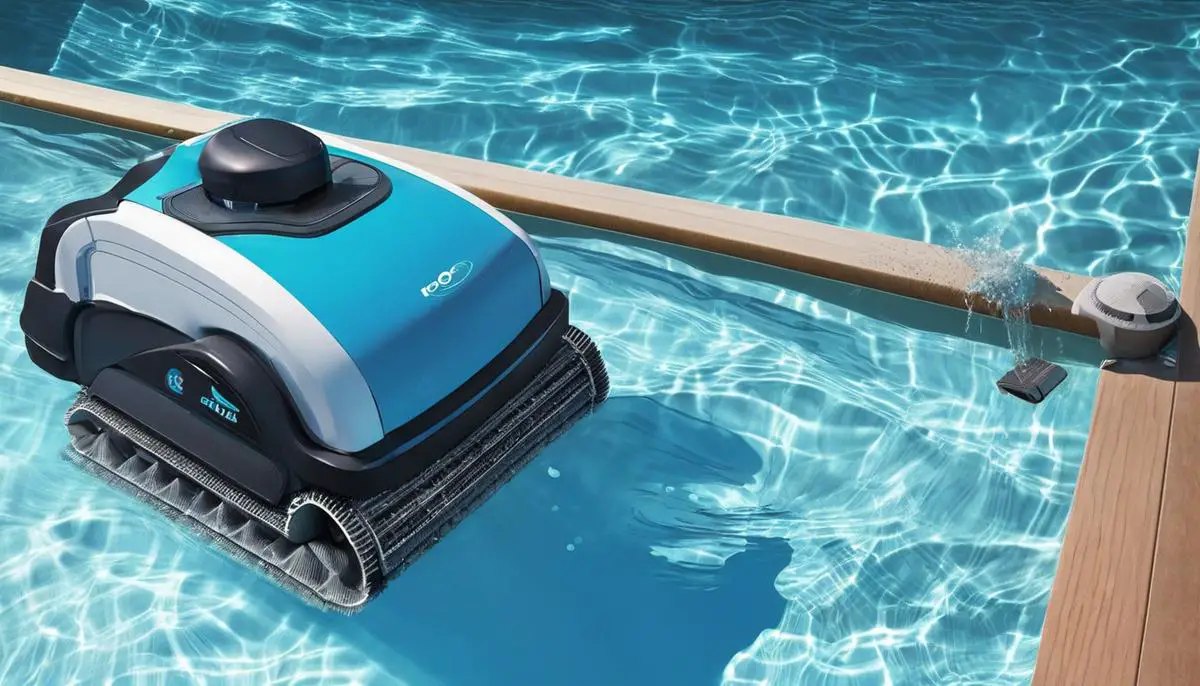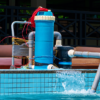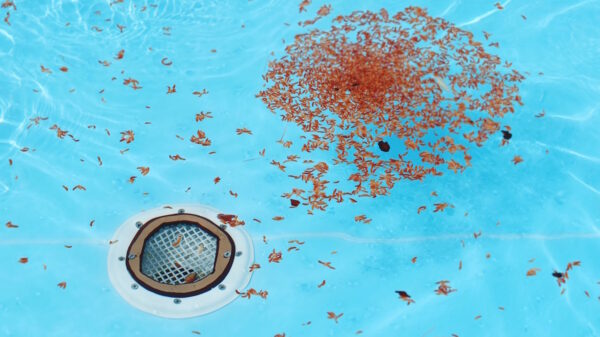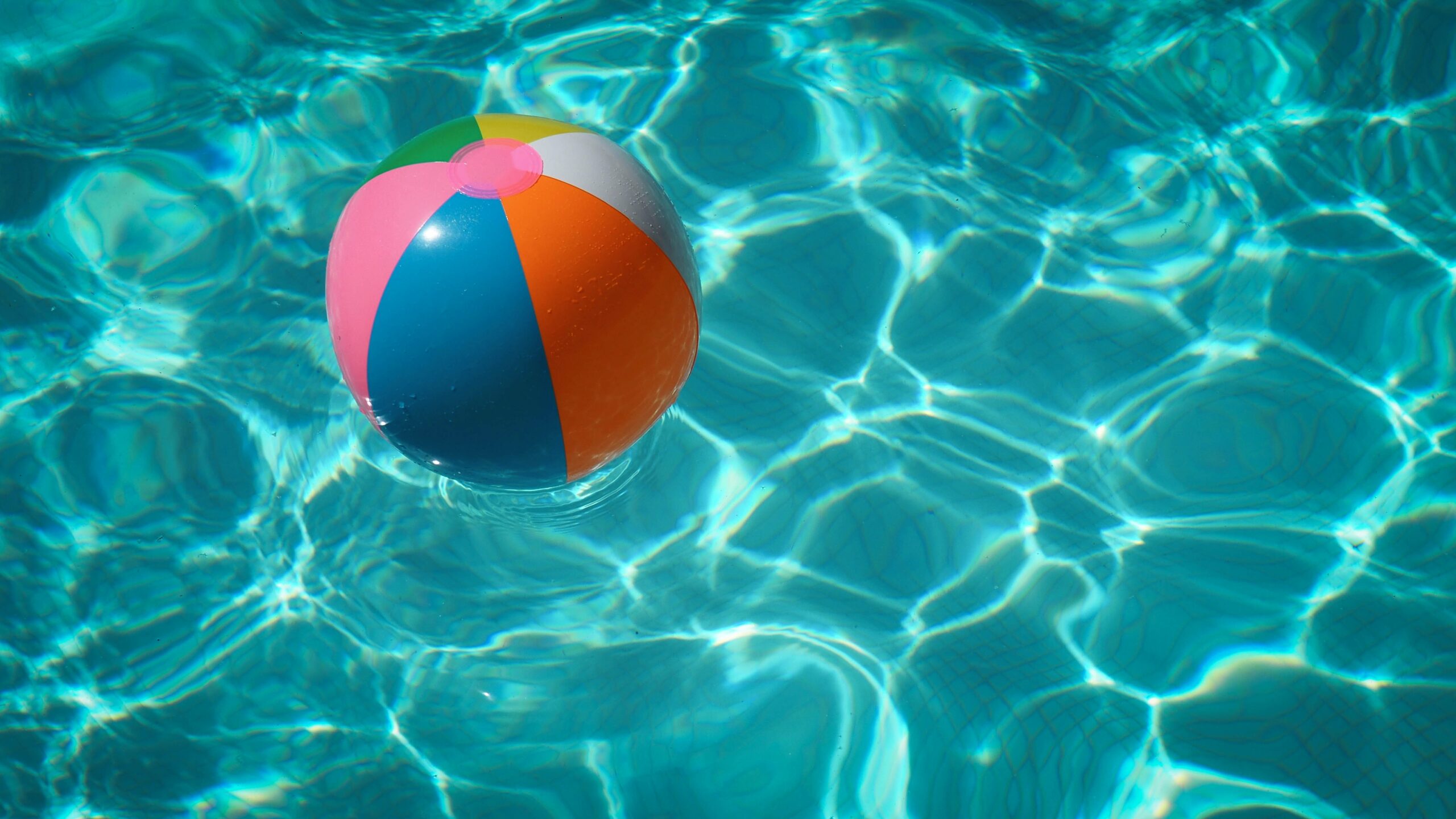The advancing technology in the age of automation has brought remarkable shifts in how things operate, and the realm of home maintenance isn’t immune. An integral part of this phenomenon is the introduction of robotic pool cleaners, devices designed to streamline the often tedious task of pool cleaning. With their efficiency and autonomy, these machines are rapidly becoming the favorite companions of pool owners. This article aims to discuss the groundbreaking features of energy efficient robotic pool cleaners. The discussion will further provide key parameters for evaluating the performance of robotic pool cleaners, culminating in a detailed comparative analysis of the best energy-efficient models available in the market.
Understanding Robotic Pool Cleaners
Robotic Pool Cleaners: The Perfect Solution for Streamlined Pool Maintenance
Robotic pool cleaners are taking the world of pool maintenance by storm, thanks to their innovative technology, ground-breaking features, and highly efficient performance. Operating as independent units, they redefine pool cleaning, while eliminating the tedious and time-consuming manual tasks. Dive into the fascinating world of these advanced devices and understand why they are quickly becoming a preferable choice for pool enthusiasts.
Foremost, robotic pool cleaners are autonomous entities that do not rely on the pool’s existing systems. Equipped with their own filtration and navigation systems, they operate independently, not utilizing the pool’s filter or pump systems.
The operation of these devices is powered by electricity and a combination of technological systems. Guided by built-in sensors or mapping systems, robotic pool cleaners thoroughly scrub, vacuum, and disinfect all areas of the pool. Advanced models utilize artificial intelligence (AI) algorithms to map the layout of the pool, ensuring efficient coverage and minimization of cleaning time.
Under the hood of every robotic pool cleaner is a powerhouse. Operating on low voltage, these machines possess a drive motor that propels the cleaner around the pool and a pump motor that creates suction power to vacuum dirt and debris. These two vital parts are smartly housed in a sleek, buoyant exterior, allowing for smooth navigation across the pool’s surfaces.

Top Features Of Energy-Efficient Robotic Pool Cleaners
An impressive feature of robotic pool cleaners is their fine filtration systems – some can capture particles as tiny as 2 microns in size. This surpasses traditional pool filter capabilities, drastically improving the water clarity while also reducing the amount of chemicals needed.
Robotic pool cleaners introduce a level of convenience that is hard to match. Most models come with scheduling capabilities, which means the cleaner can be set to clean at specific times, even in the owner’s absence. Once its work is complete, it automatically powers down, conserving energy and parts’ wear and tear.
Furthermore, the robotic pool cleaner’s ability to save water and energy hits a pretty significant sweet spot. Operating independently of the pool’s filter and pump system, it curbs the necessity for backwashing, saving thousands of gallons of water annually. Moreover, its low-voltage operation results in minimal energy consumption, making it an environment-friendly choice.
Consulting your pool’s requirements and considering several options is crucial to getting good value for your investment. Consider factors such as the size of your pool, the type of debris typically found, and whether you require scheduling capabilities or not.
With all these perks, robotic pool cleaners are a tech-lovers dream for a hands-off approach to pool maintenance. The days of manual skimming, scrubbing, and vacuuming are willingly left in the dust, replaced by an intelligent, efficient, and autonomous solution – the robotic pool cleaner.
Importance of Energy Efficient Robotic Pool Cleaners
Delving into the significance of energy efficiency in robotic pool cleaners, it is important to realize that it’s a critical aspect that dramatically impacts the overall performance and effectiveness of the device. Energy efficient robotic pool cleaners not only offer outstanding results, it also cut costs, which is a win-win situation for every pool owner.
One of the key factors that contribute to the energy efficiency of robotic pool cleaners is their capability to function on low-voltage power. While traditional pool cleaners need more power to operate, a robotic cleaner efficiently uses energy, running on as low as 24V. This is not only safe, but it also leads to significant savings in energy consumption and ultimately, lower energy bills.
Energy efficiency also plays a vital role in the longevity and durability of robotic pool cleaners. Devices that consume less energy generate less heat, thereby reducing potential damage or wear that could result from overheating. This directly leads to a longer lifespan for the pool cleaner, reflecting a reduced need for maintenance and replacements over time, saving pool owners considerable amounts of money in the long term.
Performance is another aspect where energy efficiency makes a substantial impact. A robot cleaner that’s designed with advanced technology to optimize energy usage will effectively cover a larger surface area in less time, without compromising on power. Additionally, some models feature smart navigation capabilities that map the pool structure, avoiding obstacles and focusing on areas that need extra cleaning. This intelligent functioning eliminates the need for excess energy usage, further enhancing energy efficiency.
The implications of energy efficient robotic pool cleaners extend beyond just performance and cost-effectiveness. There’s also an environmental perspective to consider. With energy use being a prevalent contributor to greenhouse gas emissions and climate change, choosing an energy-efficient robotic pool cleaner is more than just wise economics. It’s an eco-friendly choice that reduces your carbon footprint, making a real difference to the environment.
The crux of the matter is the symbiotic relationship between energy efficiency and the performance of robotic pool cleaners. Not only does it bring about cost savings and environmental advantages, but it also ensures an optimal, meticulous, and time-effective pool cleaning experience. When selecting a robotic pool cleaner, the focus should be on one that innovatively integrates energy-saving technology, manifesting as a game-changer in the realm of automated pool maintenance.

Evaluation Criteria and Performance Indicators for Robotic Pool Cleaners
When seeking to gauge the efficiency of a robotic pool cleaner, a handful of key metrics are imperative to scrutinize. These crucial elements have a significant impact on the user experience and overall satisfaction with the product.
-
Cleaning Speed:
One of the primary metrics to consider is the cleaning speed. The speed of a robotic pool cleaner is usually measured in square feet per hour. A high cleaning speed translates to less time taken to clean the pool, thus enhancing the user experience.
-
Energy Consumption:
A key aspect in determining the efficiency of a robotic pool cleaner is the amount of energy it consumes. An energy-efficient unit uses less power and yet delivers exceptional cleaning performance, ensuring a sustainable and cost-effective solution.
-
Climbing Ability:
A pool cleaner’s ability to scale pool walls or stairs is not to be overlooked, since this portrays its overall potency. A robotic cleaner with higher climbing ability provides a comprehensive cleaning experience by reaching those tricky corners and sides.
-
Coverage:
A robotic pool cleaner’s ability to cover the entirety of the pool is a prime metric of efficiency. This capability is usually measured in terms of the length of the cord and the path planning algorithm’s efficiency.
-
Dirt Collection Capacity:
The capacity of the cleaner’s debris bag or cartridge determines how often the user has to intervene to empty it. A higher capacity means fewer interruptions and consequently, an enhanced user experience.
-
Maintenance:
Lastly, the ease of maintenance also significantly impacts user satisfaction. Higher-efficiency pool cleaners maintain high performance over time and require fewer replacement parts, lowering their overall cost of ownership.
The impact of these metrics on the overall user experience extends beyond the gadget’s basic functionality. A more efficient unit boosts user convenience, saves time, and cuts down on running costs over the long haul. Furthermore, advanced features such as remote control or smartphone app compatibility can considerably elevate user comfort and experience.
In conclusion, the key metrics for evaluating the top energy efficient robotic pool cleaners encompass not only their cleaning performance, but also their energy consumption, climbing potential, pool coverage, debris-holding capacity, and maintenance requirements. Keeping these metrics in stride paves the way to choosing a cleaner that delivers top-notch performance while simultaneously maintaining a user-friendly approach to hassle-free pool maintenance.

Comparative Analysis of Top Energy Efficient Robotic Pool Cleaners
Diving right into the details on current market leaders concerning energy efficient robotic pool cleaners, two names – the Dolphin Nautilus CC Plus and the Polaris F9350 Sport – rise to the surface.
The Dolphin Nautilus CC Plus excels on several fronts: smart navigation propels it on an optimized cleaning path to save not only time but shrink carbon footprint as well. Integrated weekly scheduling lets it automate cleaning cycles so busy pool owners can see the word ‘pool cleaning’ scratched off their to-do list. Its energy-efficient design boasts an impressively low power consumption of around 180 watts per cycle. That’s barely more than what your laptop uses, and yet, it’s more than adequate for cleaning pools up to 50 feet in length.
Likewise, the Polaris F9350 Sport turns heads not only with its sports car-like design but also with its energy efficiency. The cleaner comes with a programmable timer allowing you to schedule it to run during off-peak hours, optimizing energy usage. Fueled by a low-voltage transformer, its energy consumption is commendably lower than traditional cleaners, thereby reducing operating costs visibly.
Not far behind is the Hayward W3RC9740CUB SharkVac Robotic Pool Vacuum. It utilizes smart steering technology and has a power consumption of no more than 230 Watts, a commendable feat for its class.
Noteworthy mention also goes to the AIPER SMART Cordless Automatic Pool Cleaner. As a battery-powered robotic pool cleaner, it eliminates the need for power cables and thereby reduces energy usage. It can be fully charged in 3-4 hours and efficiently cleans small to medium-sized pools.
Switching to the comparison, the Polaris F9350 and Dolphin Nautilus CC Plus both set stellar examples in energy efficiency without compromising their performance. While the Polaris offers the luxury of a selectable cleaning cycle, the Dolphin impresses with its advanced scanning system, ensuring maximum coverage with minimum energy usage. The Hayward, while slightly higher in power consumption, makes up for it with reliability and reputation. The AIPER SMART, on the other hand, offers an exemplary model of the potential that cordless, battery-operated cleaners can bring to the market.
Each robotic cleaner offers a unique blend of technology, efficiency, and cost-effectiveness. It’s no perk but an outright necessity – in a technologically advancing world, energy efficiency is not only about reducing the carbon footprint but also about embracing intelligent innovation. In the end, the decision must align with the pool’s characteristics and the owner’s priorities – from energy savings and cleaning performance to budget. Innovation and competition within this industry are on an upward trend, which will lead to future breakthroughs bringing even more energy-efficient products to our doorsteps.
Conclusion
By diving deep into how energy efficient robotic pool cleaners operate, emphasizing the importance of energy efficiency, and understanding how to evaluate these machines effectively, one can make an informed decision about which model best suits their needs and preferences. A comparative analysis of top-tier energy efficient robotic pool cleaners provides valuable insights to guide this decision. Ultimately, the goal is not just to select a device that keeps the pool sparkling clean, but also one that does so in the most efficient way possible, keeping our wallets and planet happy. As technology continues to evolve in the world of energy efficient robotic pool cleaners and become even more integral to our daily lives, understanding these innovations and the choices we make will become increasingly critical.















